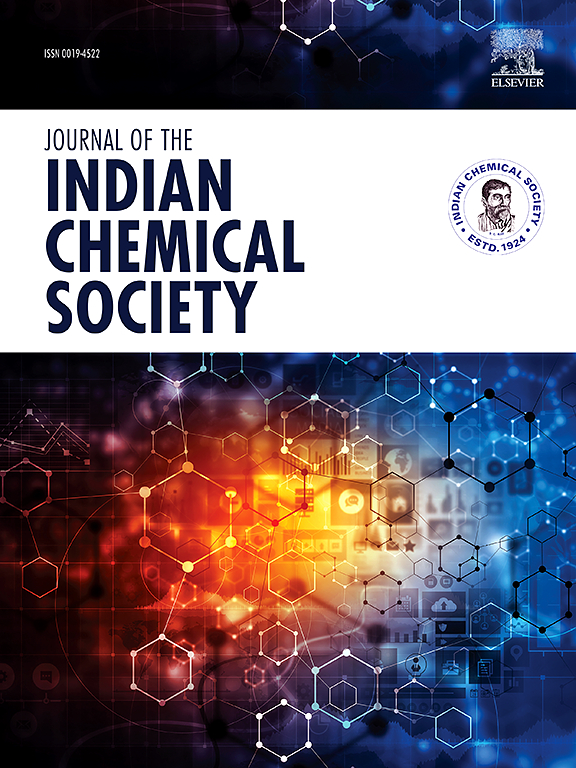Ionic liquids and deep eutectic solvents: A brief prologue and their applications in sustainable extraction and separation processes
IF 3.2
4区 化学
Q2 CHEMISTRY, MULTIDISCIPLINARY
引用次数: 0
Abstract
Sustainable extraction and separation methods are vital for reducing environmental impact and ensuring economic efficiency. Such techniques can minimise resource depletion and pollution while promoting circular economy principles and advancing green technological solutions. Researchers are actively seeking sustainable solvents for extraction and purification processes. Ionic liquids (ILs) and deep eutectic solvents (DESs) have recently been introduced as designer solvents to overcome the environmental issues associated with conventional extraction and separation techniques. ILs are synthesized from organic cations and organic or inorganic anions, whereas DESs are low-melting mixtures formed from two or more components via hydrogen bonding interactions. Both of these benign solvents have similar physicochemical characteristics, and due to their unique properties, they are suitable for a wide range of applications. This review offers a brief summary of the development of IL and DES chemistry, focusing on their origin, classifications, similarities and differences, and unique properties of these solvents. Later, the review discusses the growing impact of ILs and DESs across various fields, including wastewater treatment, biomolecule extraction, e-waste management, spent nuclear fuel reprocessing, biomass dissolution, CO2 capture, desulfurization of fuels, and other relevant extraction/separation processes. Overall, the review highlights the versatility and efficiency of ILs and DESs in addressing various challenges across multiple domains.

求助全文
约1分钟内获得全文
求助全文
来源期刊
CiteScore
3.50
自引率
7.70%
发文量
492
审稿时长
3-8 weeks
期刊介绍:
The Journal of the Indian Chemical Society publishes original, fundamental, theorical, experimental research work of highest quality in all areas of chemistry, biochemistry, medicinal chemistry, electrochemistry, agrochemistry, chemical engineering and technology, food chemistry, environmental chemistry, etc.

 求助内容:
求助内容: 应助结果提醒方式:
应助结果提醒方式:


